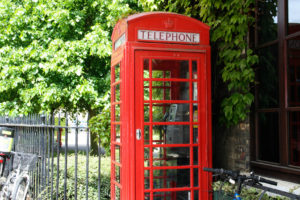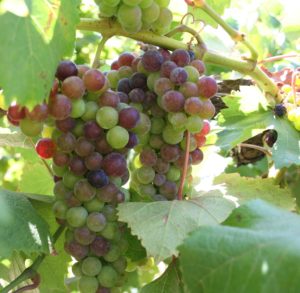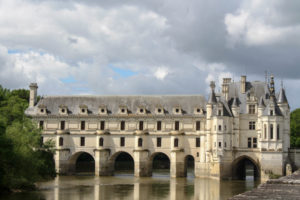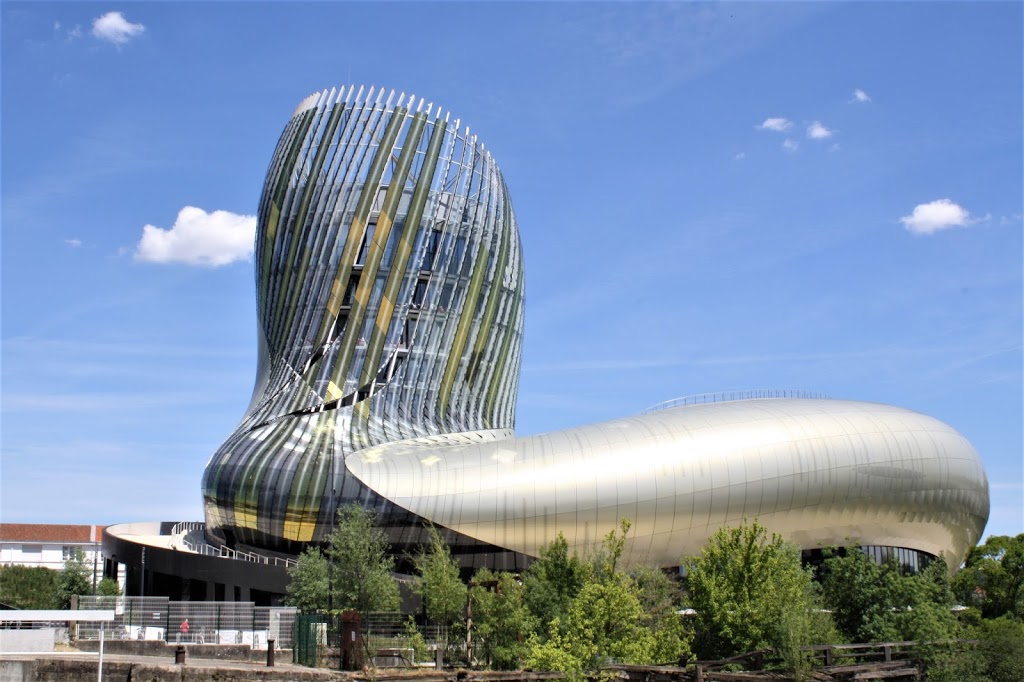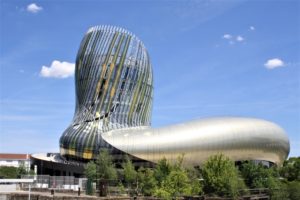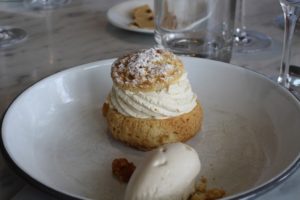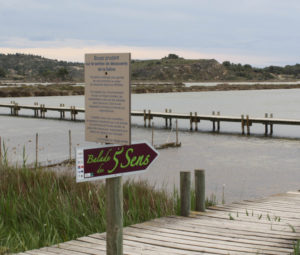
When staying in the Languedoc Roussillon area of France, and our host suggested we might like a ‘wine walk through a village’, we readily agreed. What foodie and wine lover wouldn’t like to have the opportunity to taste some of the 30 or 40 local wines, sample gourmet food prepared by an excellent chef, visit with wine makers and growers throughout the day, and experience a beautiful natural park near the village?
Sign us up…
Nestled between scrubland, ponds, and hills, the village of Peyriac de Mer sits on a diversity of soils, including limestone, chalk, and gravel. Combine those soils with the variety of microclimates found here and you have the perfect combination for enhancing the character of different grapes. Hence, producing exceptional wines.
So far, sounds amazing…
Ready for our wine tasting and gastronomic walk, we bundled up and headed off to meet our host. Since a pesky cold front was hanging around, we wore layers. I do mean layers. As we headed out onto a dock along the edge of the lake, the wind whipped up white caps and threatened to knock us into the choppy, gray water.
Quickly, we realized we were not walking through the delightful village, but up and around the lake, past an old, working salt flat, across a high ridge where the views of the Mediterranean were fantastic, and through the Nature Park. Walking shoes would have been appropriate for the six plus kilometer journey that took us up over 300 meters from where we started. The village…that’s where we ended.
What did we get into?
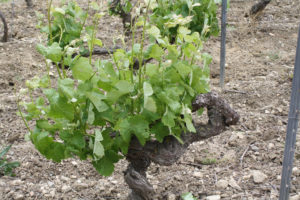
Another reason the wines here are special, is the wind. It contributes to soil ventilation, thus improving the quality of the wines. All well and good, unless you’re trying to walk along the top of the ridge as the wind is determined to blow you into one of the lakes below. I’m quite sure it could have blown me off the top and into the Mediterranean had I not been hanging on to my husband.
So, what did we think once we finished our ‘walk’ and headed into the village for coffee and sunshine?
Wines…they were fantastic. All of them. What’s not to like about a glass of Montfin Blanc from Chateau Montfin, a glass of Grenache Blanc from Chateau Fabre-Cordon, or a glass of Rose from Abbaye Sainte Eugenie? Visiting with the wine makers and growers, often the same person, made those glasses even more special. I almost hated to leave one wine stop and hike to the next one. Until I tasted the next group of wines, that is.
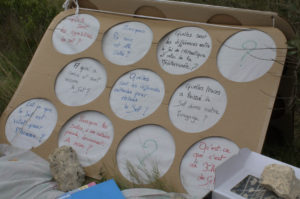
Food…also fantastic. Who wouldn’t want a piece of fresh, crusty bread with perfectly sliced beef carpaccio, copeaux or shavings of semi-soft goat cheese, and rosemary sprigs to pair with your glass of Carignena? Next stop, salmon gravelax, sprinkled with petit peas, and a dollop of lemon cream, and our choice of Grenache Blanc or Vent Marin Blanc. Of course the epaule or shoulder of lamb with sprigs of thyme, olive oil, and petardon peas was perfect with my glass of Mire la Mer. When we made it to the dessert stop, we were ready to be on flat ground again as we ate our crème caramel with candied oranges, beurre sale, and almonds. Paired with either a sweeter Musc’ito or a Banyuls Ame de pierre, a blend of Grenache, Grenache Blanc, and Grenache Gris made us smile as we headed to the village. We were in Heaven…and full.
The walk…incredible views, friendly people, knowledgeable wine growers, and even some hunters who offered homemade salami and saucisse. Yummy, beautiful, and nothing like we had ever done before.
Asked by our host if we would do this again…even with the weather, terrain, and wind as challenges. Absolutely. Why would we complain about being in the wonderful French countryside, eating delicious food, and drinking amazing wines?
After all, this was not any ordinary ‘wine walk’…it was so much better.
